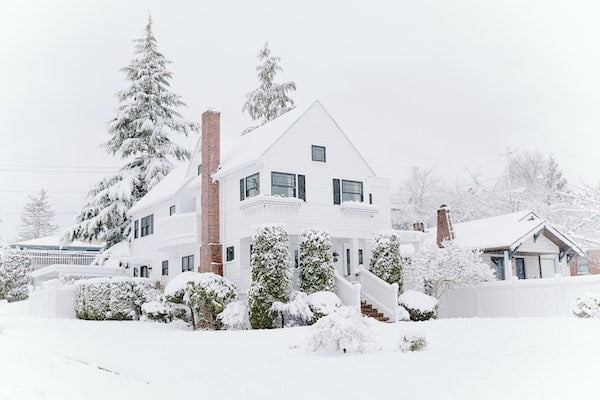Long Island Winter Storm Preparedness
1. Stock Your Food Pantry
It’s important to avoid travel during harsh winter conditions so stocking up on food at home is essential.
While the risk of being snowed in is minimal here on the North Shore of Long Island, losing power is certainly a realistic scenario. With that in mind, be sure to stock up on fruit and vegetables that do not need to be refrigerated, as well as non-perishable items such as canned goods, soups, crackers, peanut butter and water.
2. Check Your Winter Tools
Check to make sure you have enough ice melt, gasoline for your snow thrower, and your shovels are in good working condition.
3. Protect Your Pipes
Low temperatures can wreak havoc on your pipes. If temperatures are expected to drop below 29 degrees for 4 hours or more, you should take precautions to protect your water pipes. Frozen pipes will cut off your running water supply and possibly cause pipes to burst.
To help prevent frozen pipes, let cold water drip from faucets served by exposed pipes and do your best to keep temperatures inside your home no lower than 55°F.
4. Check Smoke and CO Detectors
Storms tend to cause homes to stay sealed up for long periods of time which can pose risks. Deaths due to accidental fires and carbon monoxide poisoning rise during prolonged winter storms so make sure your detection devices have fresh batteries and are in good working order.
5. Walk and Cut
Overhanging tree limbs can easily snap during winter storms, potentially causing significant damage to your property.
Prior to a storm, walk the perimeter of your home and property to identify tree limbs or shrubs that should be removed. Keep in mind to check areas that not only can damage your home, but vehicles parked outdoors as well.

